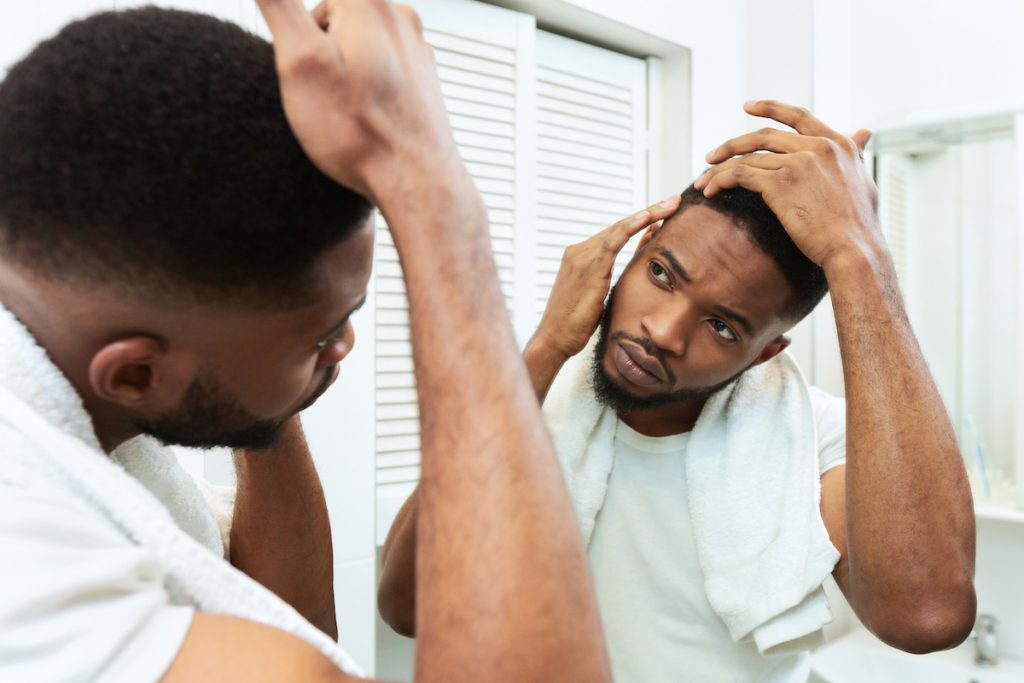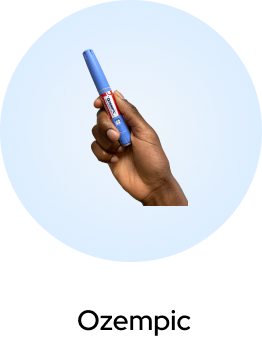Hair loss is difficult to deal with- especially since it’s a prominent feature for men. If you are one of the many men who are affected by hair loss, don’t worry- we will get you set up with options that are perfect for you. But first, let’s understand why it happens and learn more about hair loss
So, how does it happen and what are the risk factors?
Many different factors can put a person at risk, but these are the most important:
- Family history
- Hormonal imbalances
- Underlying medical conditions
- Hair follicles are damaged by other means and have to be replaced by scar tissue.
People may also identify factors that may put them at higher risk of hair loss such as
- Increased levels of stress in their life
- Smoking Cigarettes
- Increased weight loss or gain
- Medications are the cause of their increased risk of hair loss such as ace-inhibitors, androgens, anticoagulants, antidepressants, antiepileptic drugs, antimanic agents, and many more.
Male pattern baldness mainly has a hereditary component to it and is manifested differently between males and females, for instance males have a receding forehead and females have a uniform thinning of the hair on the scalp.
Options in Treating Hair Loss
Fortunately, there are many methods of treating hair loss; both naturally and pharmacological treatments. Some natural methods include practicing preventative measures that may prevent hair loss so that it is not self-inflicted due to personal bad habits and tendencies. People must be cautious when handling their hair so as not to disrupt its physiology by tugging on it, physically pulling it out or tying it up into stressful tight hairstyles.
Different ways to diagnose hair loss
We diagnose hair loss two different ways:
- Blood work to see if there is an underlying medical condition that may be contributing to hair loss. Biopsies can help by extracting the hair follicles to see if they are defected in any way.
- Microscopy can be used to assess for any deformities in the hair structure, specifically focussing on the follicles that attach to the scalp. Doctors may also do a quick test by pulling hair from different parts of the scalp to assess how easy it is for the hair to shed.
We have some products that treat hair loss
Rogaine (minoxidil) is a non-prescription medication which is used in its liquid/foam form to apply to the hair daily. It is believed that it may play a factor in converting small hair follicles to larger follicles. It may also increase the duration a hair follicle spends in the anagen phase. Third aspect of its believed mechanism is to increase hair count. This medication usually takes 2 months to show efficacy in re-growing hair and minimizing hair loss. The maximum effect of minoxidil is seen at around 1 year of use.
Propecia (finasteride) is a prescription medication. Its main mechanism of action is to inhibit 5-alpha reductase. The effectiveness of this medication to reduce hair loss is seen in 80-90% of patients that use it for treatment. This product also improves hair growth in 50% of people treated with it. The drawback is it needs to be used in a continued way to retain its effect. If stopped, hair loss will return. This is administered in a pill format and is taken daily. This works by improving hair growth as well as slowing down any hair loss. It may not work best for men over 60 years old so this may also be a factor when assessing whether to use this medication. In terms of side effects from finasteride, people may see a decrease in their sex drive, decrease in semen volume, may have erectile dysfunction and have a more elevated risk of acquiring prostate cancer.
What about Alternative Methods?
If people don’t want to be treated with medications, there are also options of using surgical methods such as transplanting hair and surgically inserting the follicles into the scalp where they are needed most due to significant impacts of hair loss in those regions. Furthermore, if people prefer a more artificial approach, they may try on wigs, completely shave their hair or style their hair in certain ways to cover and/or hide the bald spots.
How to correct the conditions of hair loss
There are some goals we want to consider when treating hair loss and trying to correct the conditions. We want to slow down hair loss and allow for hair coverage to areas where there currently is significant loss. Psychological well being is also a significant goal, where self esteem and mood needs to be addressed equally to hair loss. There is such a thing as “Hair Stigma” and studies show that men that have hair loss are only described by their appearance and are said to be unattractive and not seen as successful compared to those who don’t have any hair loss issues. Studies have also shown that hair loss has been associated with psychological states like low self esteem, depression and inward feelings of unattractiveness. The main aspects to monitor after beginning on treatment is to see if hair is continuing to thin/shed, if the shedding is excessing (more than before), if there is instead too much hair growth or if there is skin irritation when using some of the hair products.
In Review
Men experience hair loss as they age, some earlier than others depending on their genes and multiple factors mentioned above that increase their chances of hair loss. Society depicts beauty standards for men and women alike. Men’s standards include a full head of hair, styled and groomed to perfection to represent professionalism, youth and authority. It is important for men in the modern-day society to portray themselves as fully groomed to appear handsome and appealing. Ideal standards place importance on hair in all the right places and to fall short of this image makes men feel unconfident about themselves. Many men turn to various products and topical creams to aid in regrowth of their hair. Men look for solutions to conceal their hair loss, whether it be to rock the bald look, wigs, combover or hair transplants. Men succumb to societal expectations and fulfill their underlying need to look their best and most of them place that importance on their hair. Therefore, hair loss is a significant issue affecting men and pharmaceutical and non pharmaceutical solutions are available.
















 (US)
(US)



